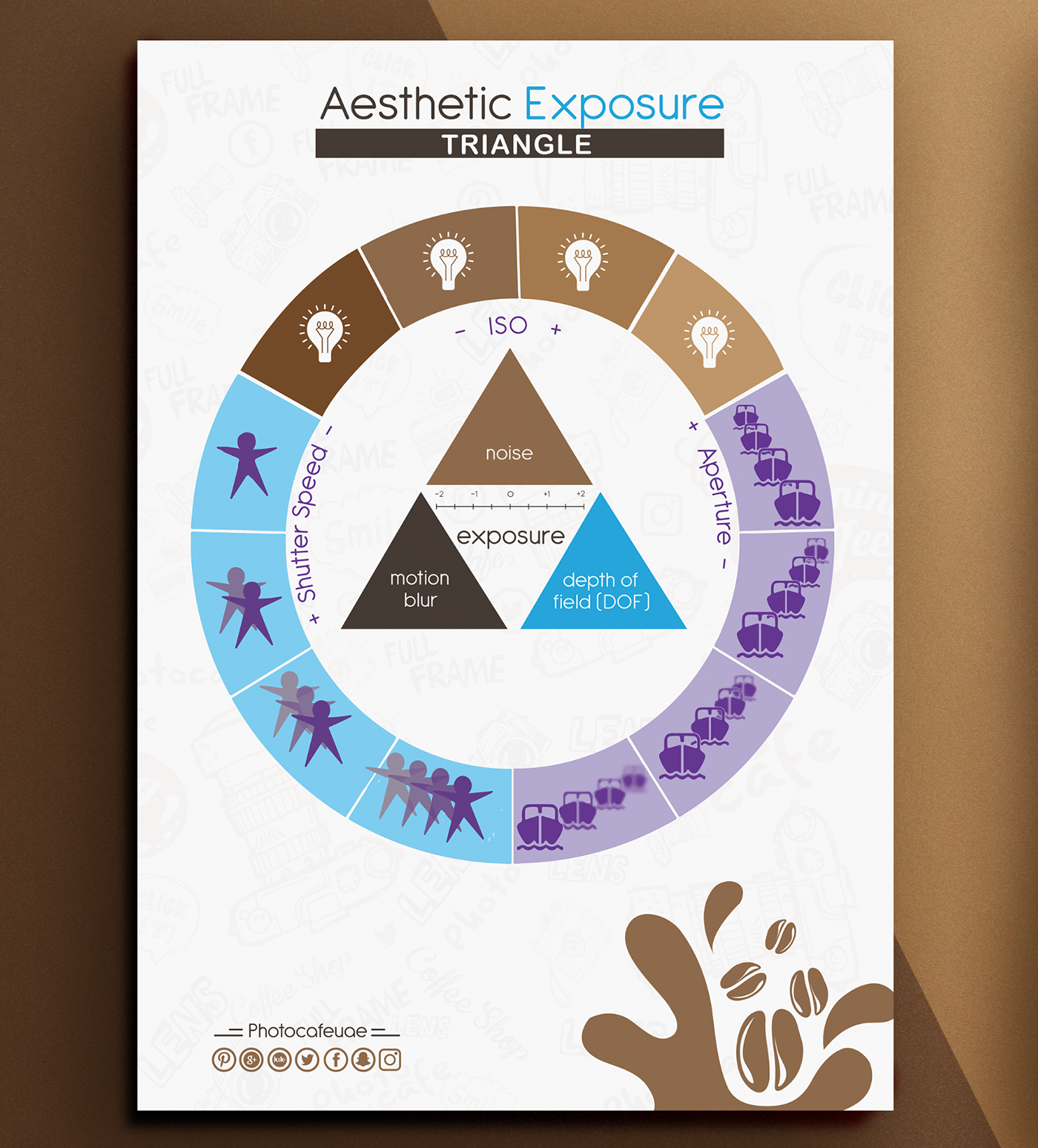Transform Your Photography By Grasping Lights Techniques That Can Boost Your Pictures-- Discover The Typical Pitfalls That Could Be Holding You Back
Transform Your Photography By Grasping Lights Techniques That Can Boost Your Pictures-- Discover The Typical Pitfalls That Could Be Holding You Back
Blog Article
Created By- photo studio near me
As a professional photographer, you know that lighting can make or break your photos. Comprehending the nuances of both natural and man-made light is necessary for recording the mood and clearness you aim for in your work. Whether you're chasing the best gold hour radiance or fine-tuning your man-made configurations, grasping these components can boost your digital photography substantially. However there prevail risks that lots of forget, and identifying them can change your strategy to every shoot. Let's discover what you might be missing and just how it can affect your results.
Recognizing Natural Light
Understanding all-natural light is crucial for any type of professional photographer looking to boost their work. It's the structure of terrific photography, influencing mood, tone, and quality. When you fire outdoors, focus on the time of day. The gold hour-- soon after daybreak and before sunset-- supplies soft, cozy light that can transform common scenes into sensational pictures.
Do not undervalue the power of cloudy days. Cloud cover diffuses sunlight, producing a soft, also light that's ideal for pictures and macro photography. You'll find colors appear this type of lighting without severe shadows.
Placing matters, as well. Constantly consider your topic's orientation to the light. If the sunlight's behind your subject, you might wind up with a silhouette, which can be significant yet mightn't be what you desire. On the other hand, straight sunshine can develop uncomplimentary darkness.
Experiment with angles; often, transforming your point of view can produce remarkable outcomes. Usage all-natural reflectors, like water or sand, to bounce light onto your topic, including measurement.
Learning Artificial Light
Grasping man-made light is vital for photographers who want to take their abilities to the following level. Whether you're using speedlights, workshop strobes, or continuous lights, understanding just how to adjust these resources can dramatically improve your images.
Start by familiarizing on your own with the essentials of light top quality, direction, and color temperature. Experiment with different modifiers like softboxes, umbrellas, or grids to regulate the soft qualities or cruelty of the light.
You'll locate that soft light commonly creates lovely results, while harsher light can add drama and deepness. Don't avoid darkness; they can improve the three-dimensionality of your subjects.
Pay close attention to the placement of your lights. A light located also near to your subject can produce uncomplimentary results, while as well far can lead to an absence of information. Make use of a light meter or your video camera's pie chart to ensure you're revealing properly.
Last but not least, remember that fabricated light can be blended with ambient light for imaginative results. Balancing these resources may take method, once you master it, your photography will truly shine.
Techniques for Various Situations
When you enter various capturing scenarios, adapting your lights strategies is important for capturing the very best pictures. For read here , utilize the gold hour-- early morning or late afternoon light-- to soften darkness and enhance complexion.
If it's a rough lunchtime sunlight, think about using a reflector to bounce light back onto your subject or seek shaded areas for a much more even exposure.
In low-light circumstances, like interior occasions, raise your ISO and use a broad aperture to allow in even more light. A tripod can aid remove electronic camera shake, permitting longer exposures without blurring.
If you're contending night, explore off-camera flash to produce vibrant lighting and depth in your images.
For item digital photography, make use of diffused lighting to prevent extreme representations. Softboxes or light camping tents can help accomplish this effect.
When photographing landscapes, take into consideration the direction of light and time of day, as it can dramatically transform the mood of your shot.
Constantly be ready to change your settings and placing based upon the circumstance, as versatility is essential to grasping lighting in digital photography.
Final thought
In conclusion, understanding illumination is crucial to boosting your digital photography skills. Accept all-natural light's charm throughout golden hour, and don't shy away from trying out artificial light methods. By adjusting your method to various scenarios, you'll catch stunning pictures that resonate with feeling and clarity. Keep in mind, the best illumination can change a regular shot into something amazing, so keep practicing and improving your understanding of both natural and man-made light. Satisfied capturing!
